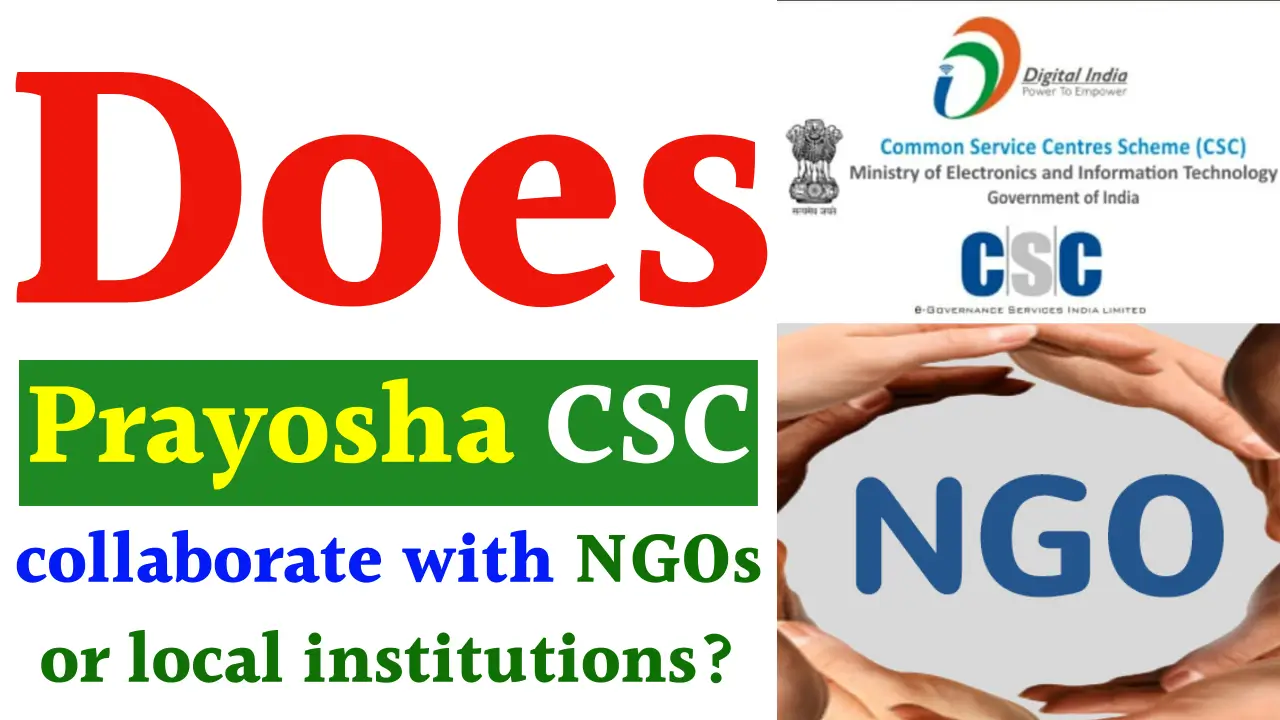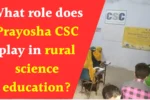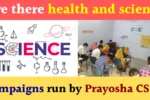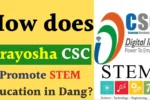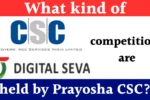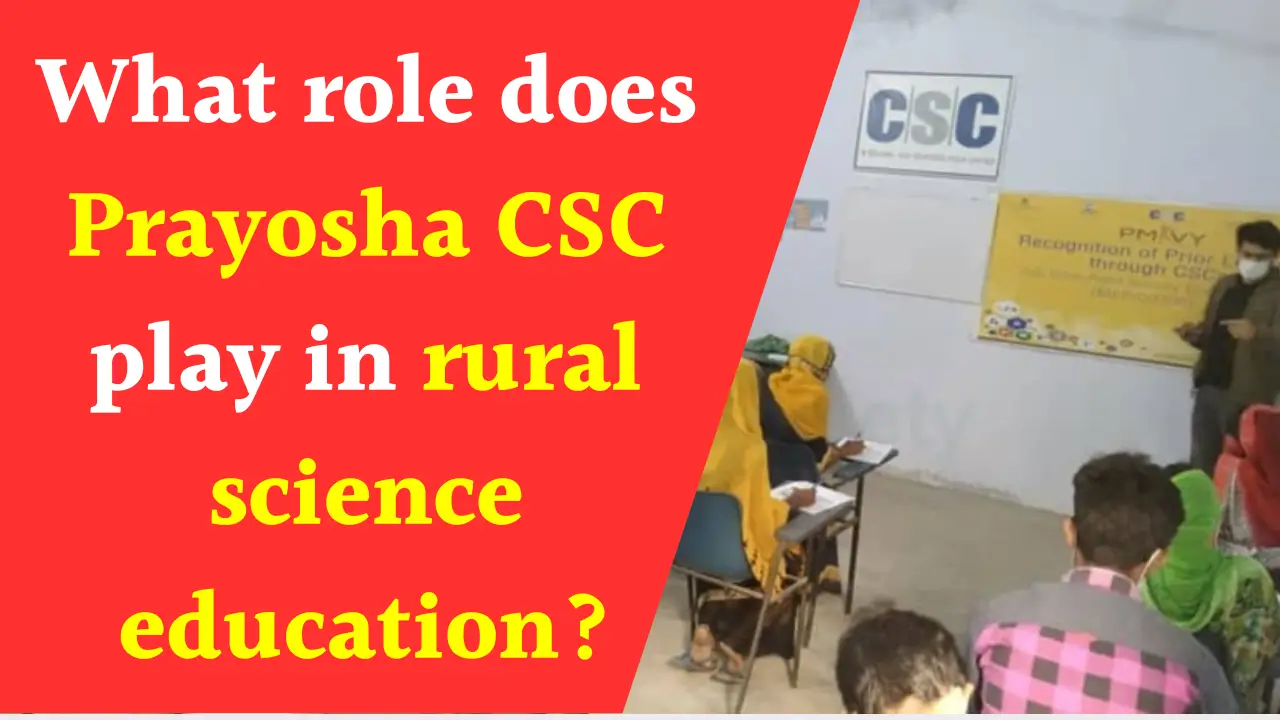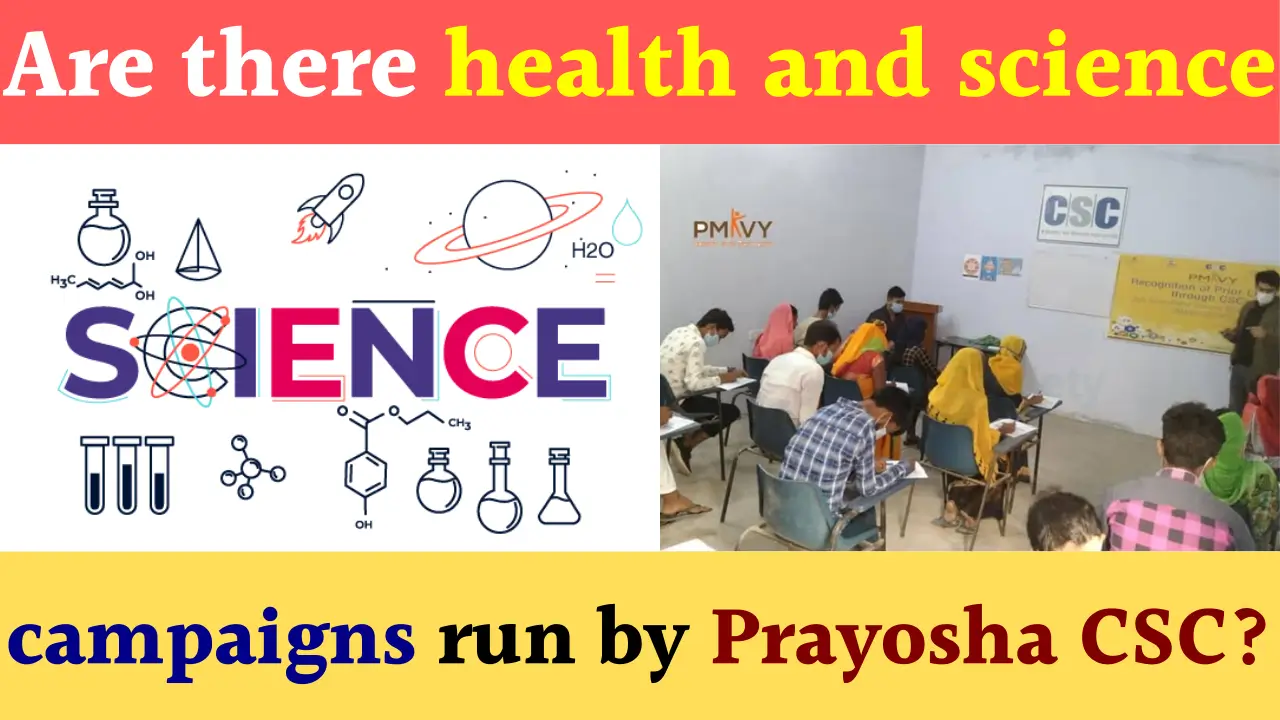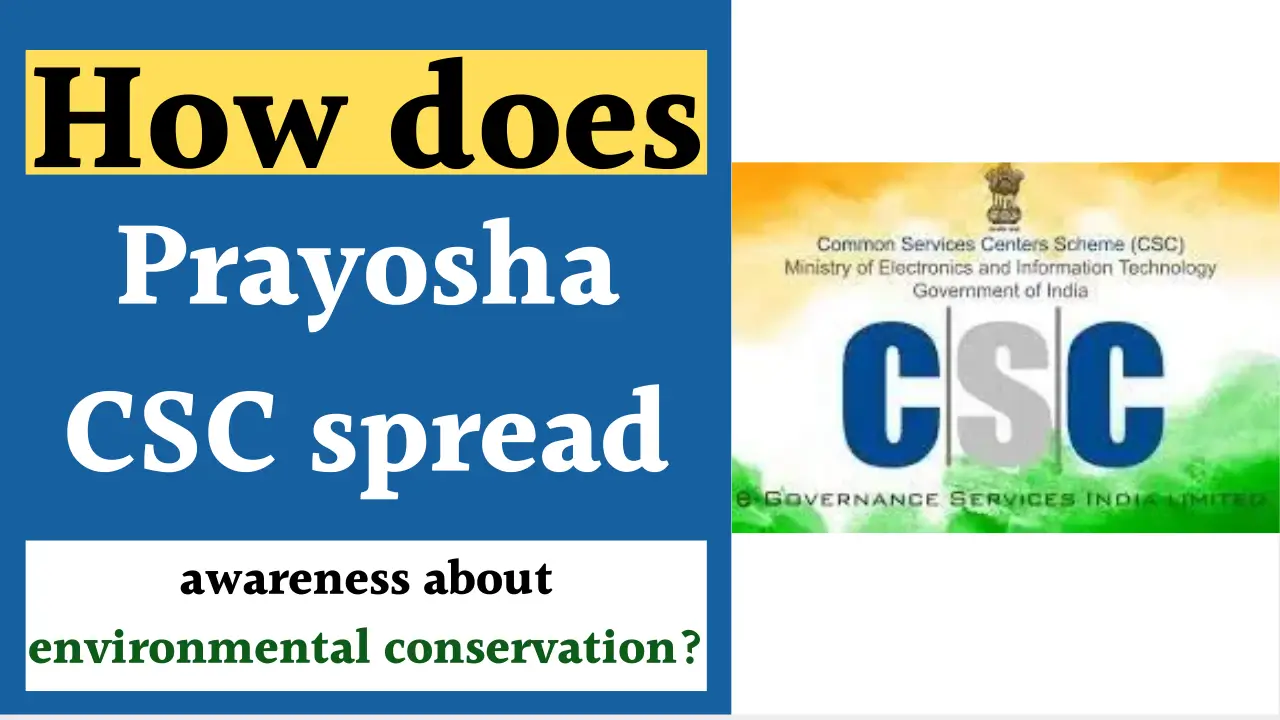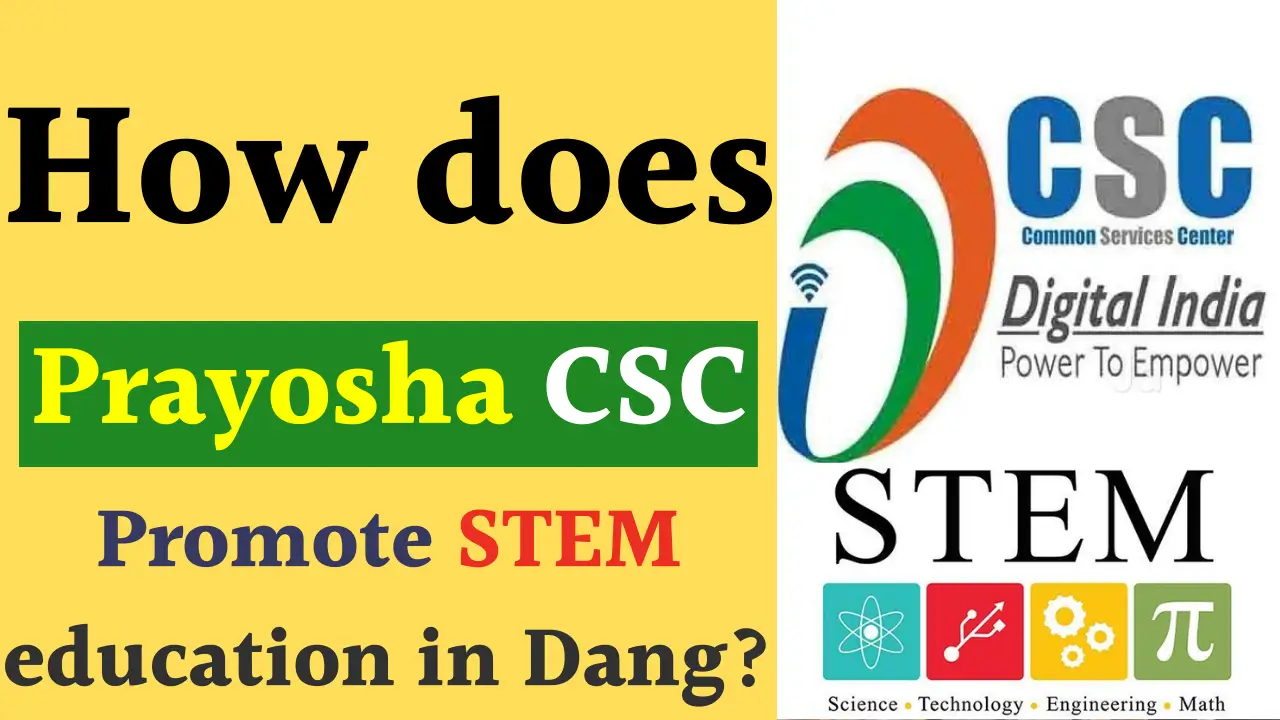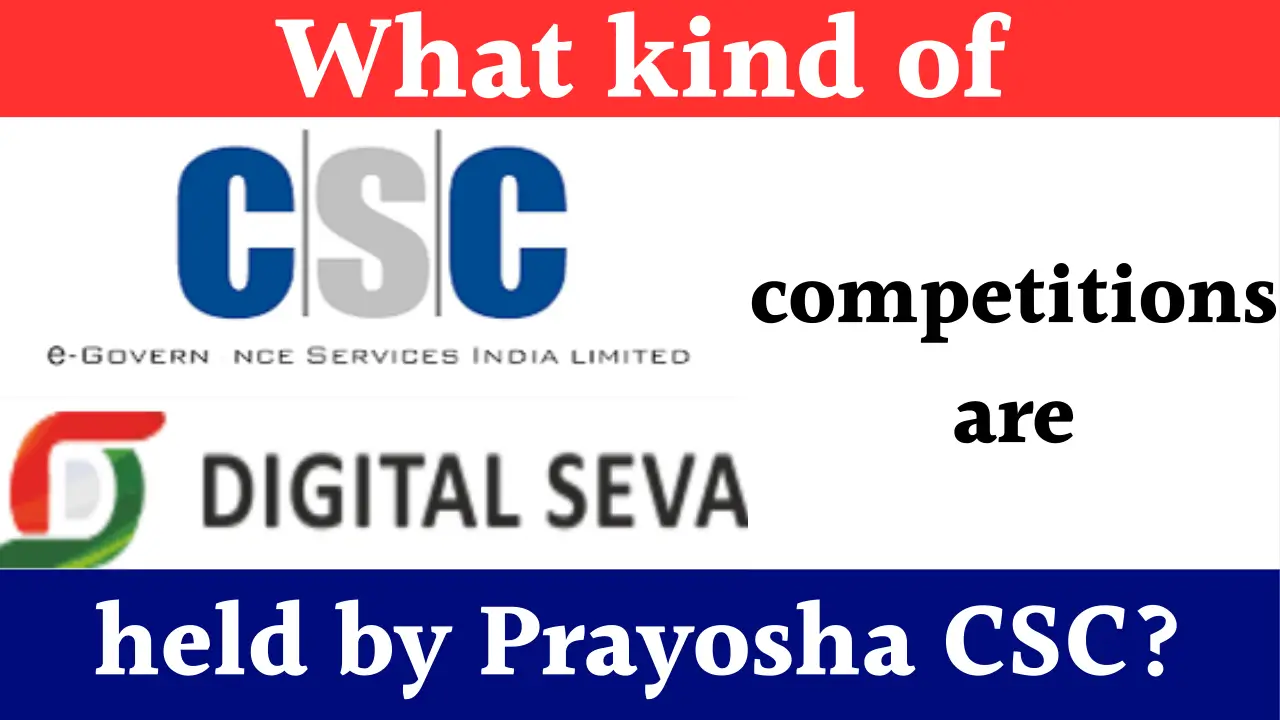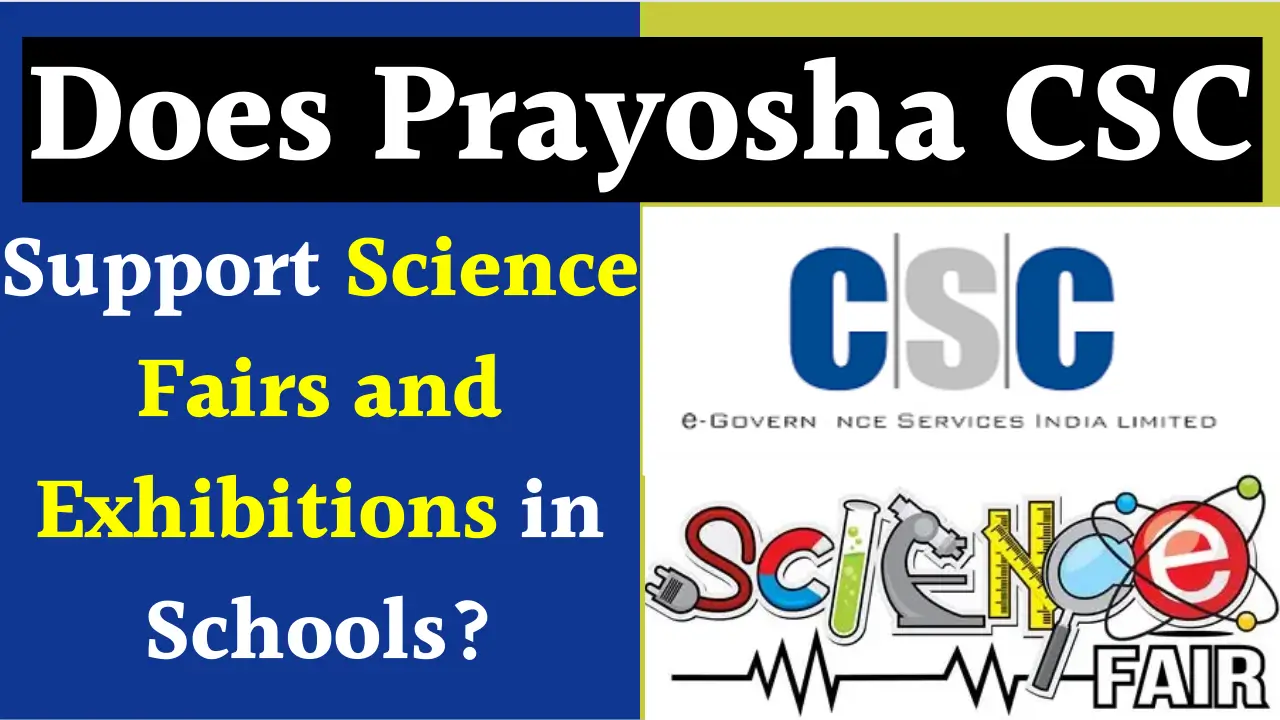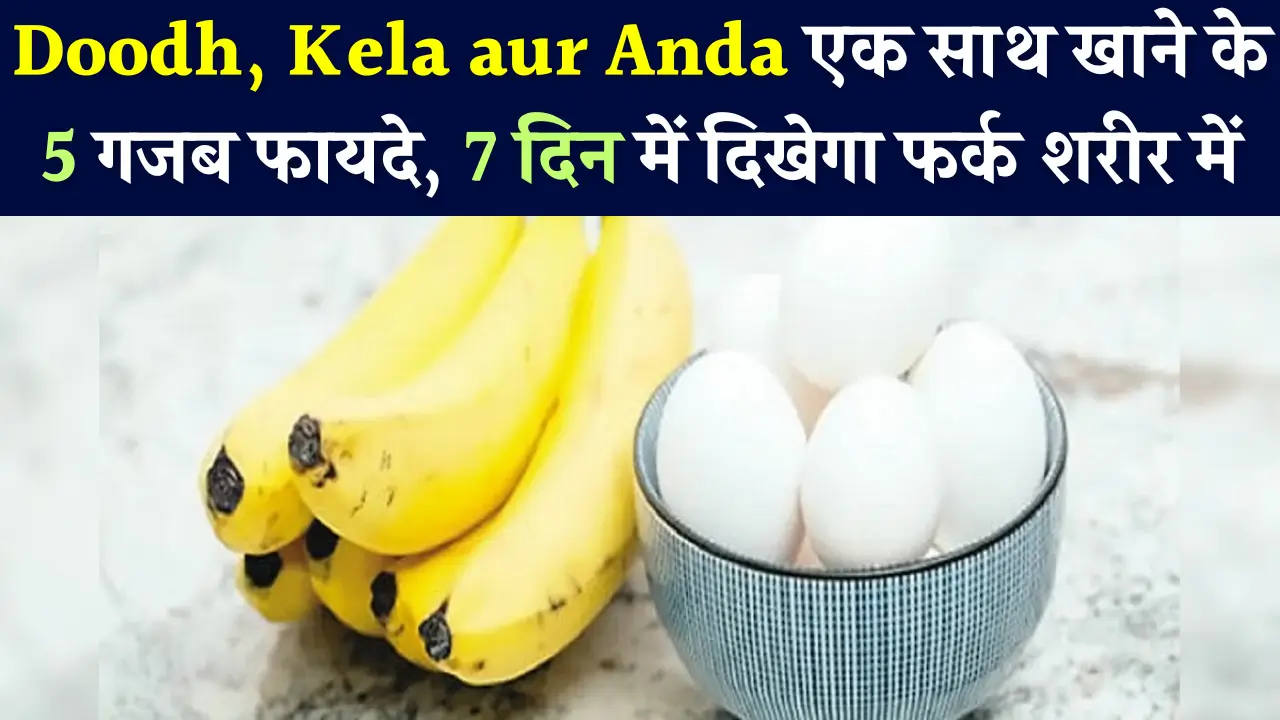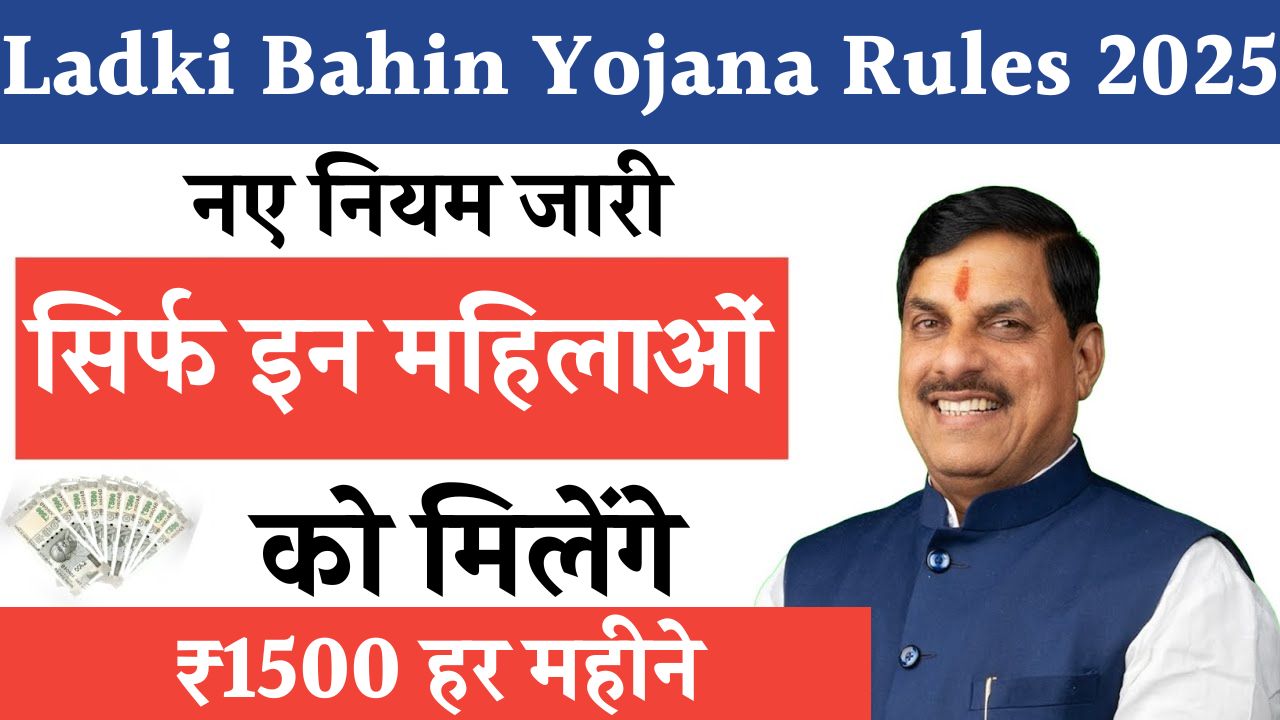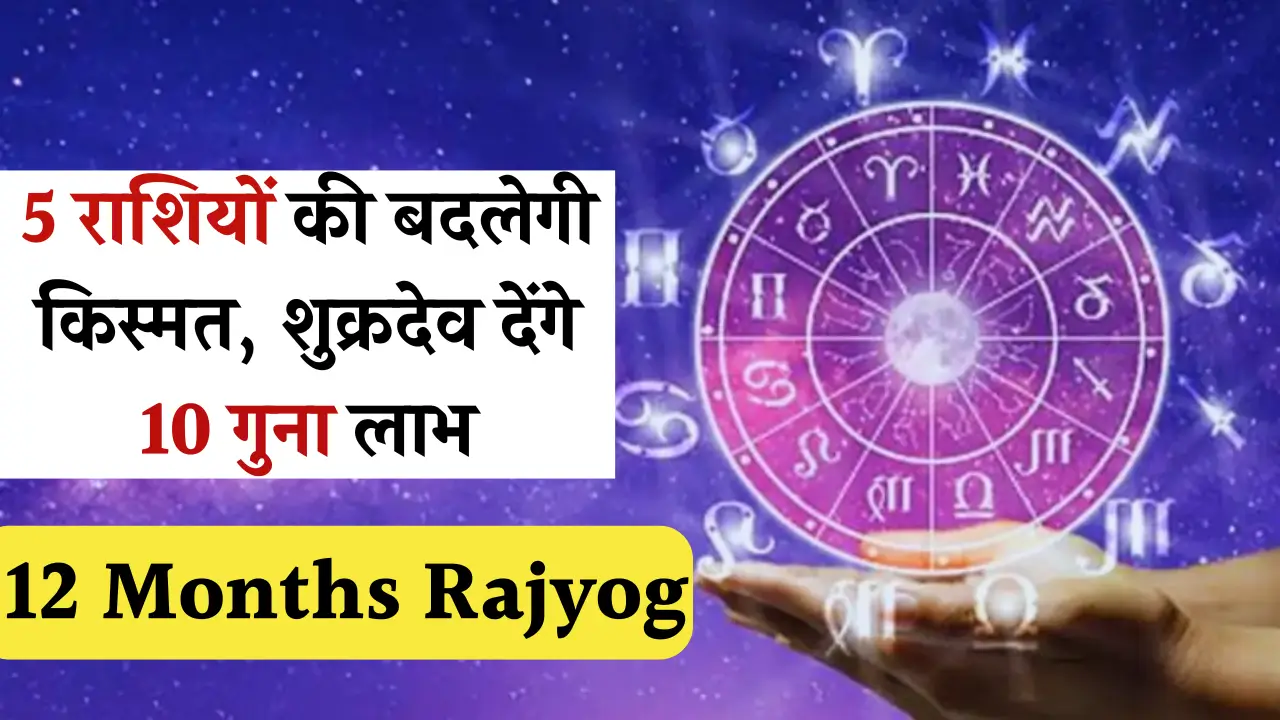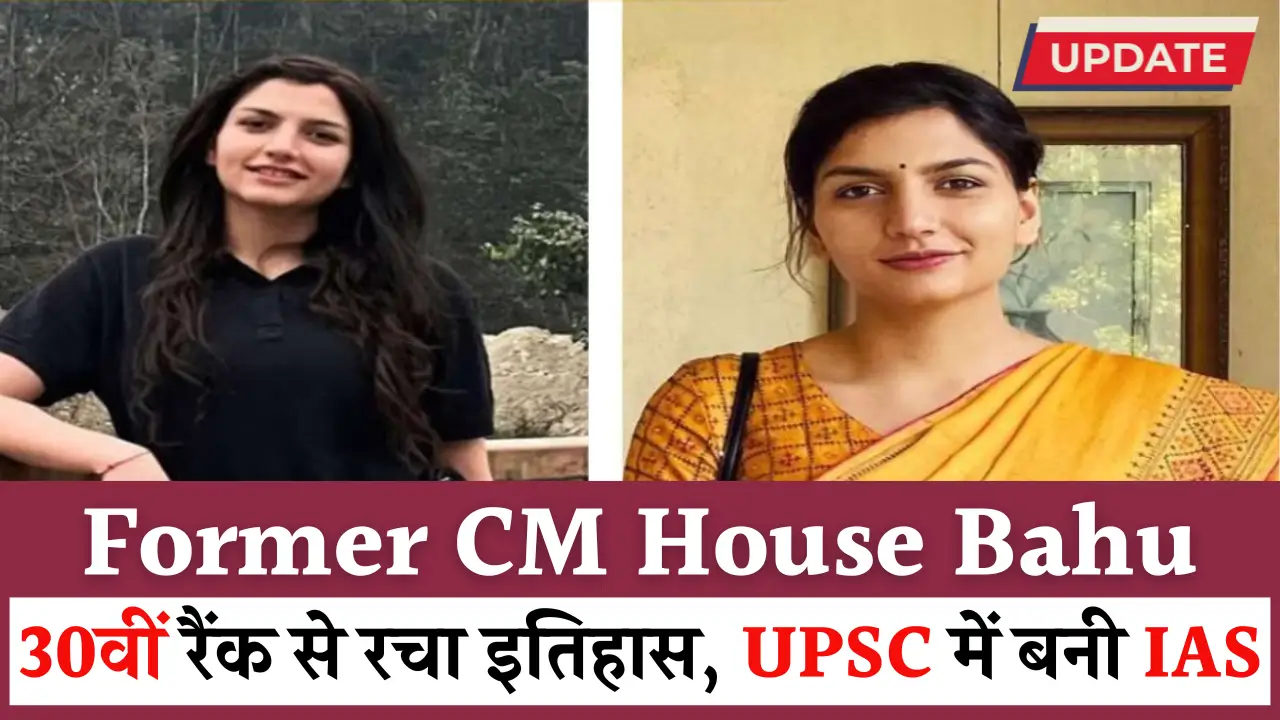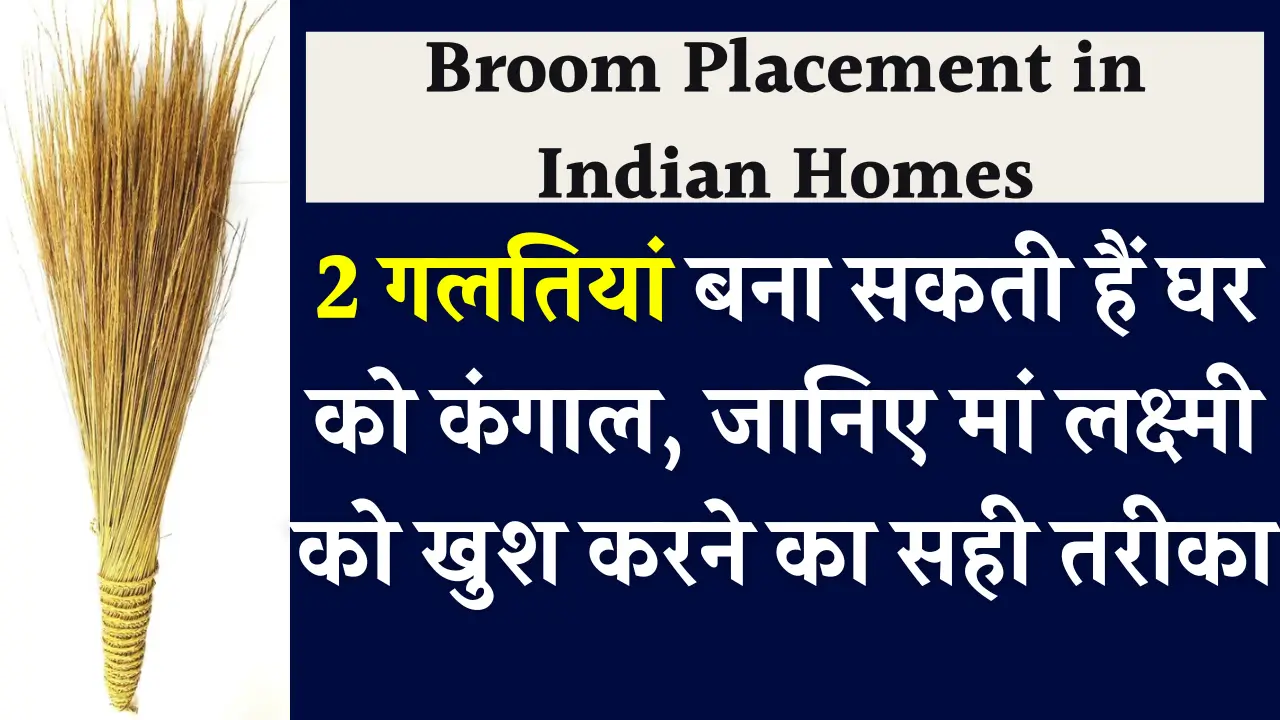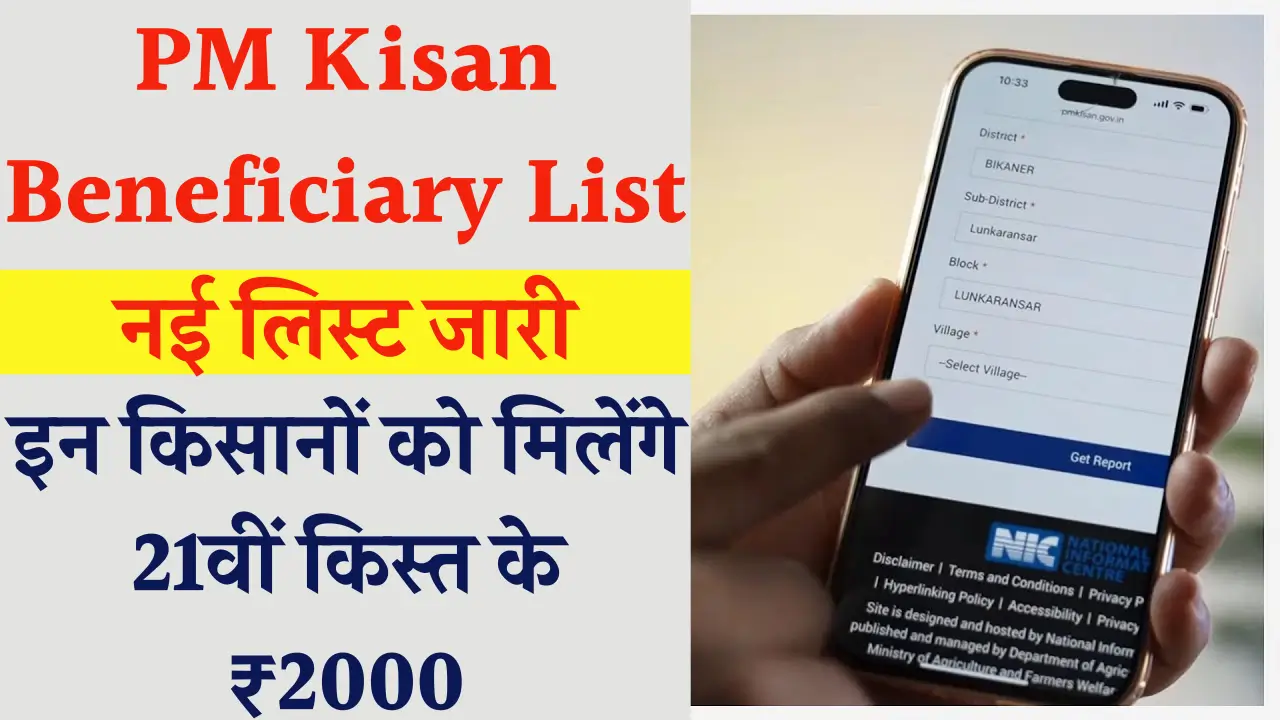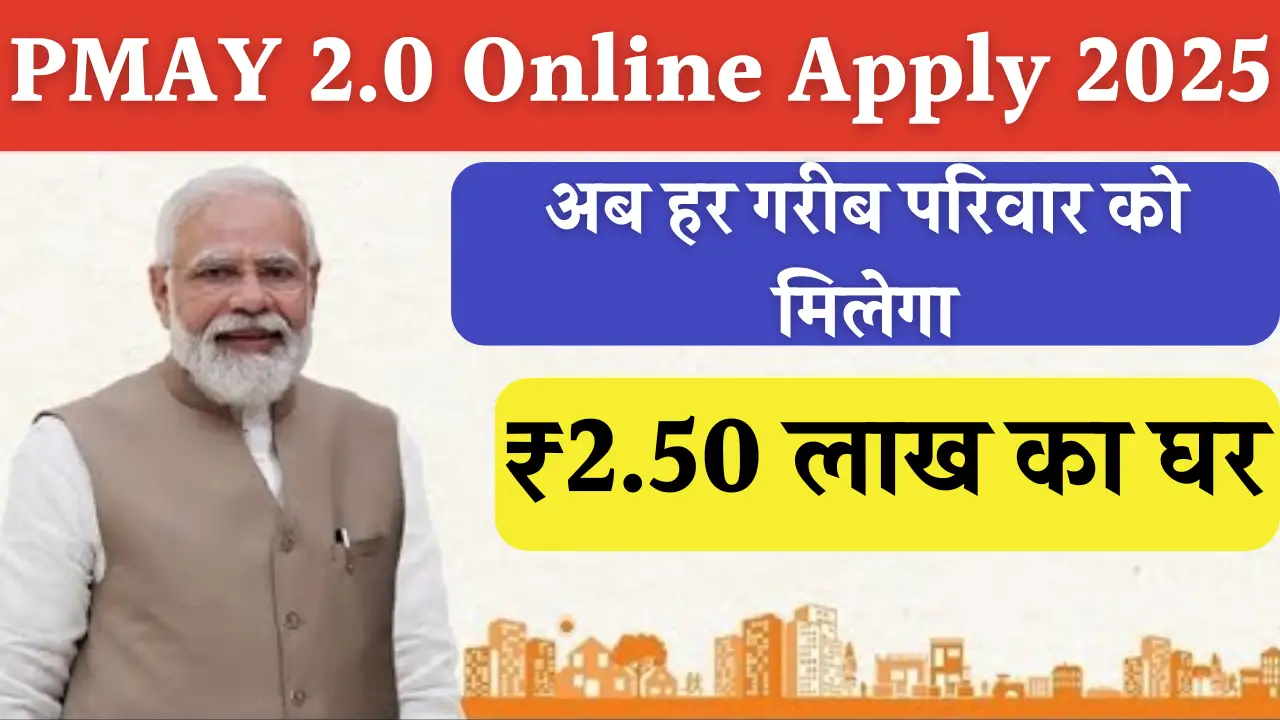Prayosha District Community Science Centre (CSC) is a key player in science outreach and education in Gujarat, especially within the Dang–Ahwa region. An important feature of its operation is partnership—particularly with NGOs and local institutions—to extend the reach, effectiveness, and relevance of its programs in the community.
The Collaboration Model
Prayosha CSC operates within the GUJCOST (Gujarat Council on Science & Technology) framework, which encourages collaborative efforts as part of its mandate for public science engagement. These collaborations enable Prayosha CSC to:
- Mobilize communities and reach the last mile through NGO and grassroots partnerships.
- Co-host activities such as science camps, awareness drives, and maker labs.
- Involve local schools, colleges, Self-Help Groups (SHGs), and youth clubs in practical, context-sensitive science learning.
Quick Facts Table
| Category | Details |
|---|---|
| Name | Prayosha District Community Science Centre – Dang–Ahwa |
| Affiliate Body | GUJCOST (Dept. of Science & Tech., Govt. of Gujarat) |
| Collaboration Partners | Schools, NGOs, local trusts, panchayats |
| Core Activities | Science outreach, STEM enrichment, teacher training, community projects |
| Key Beneficiaries | Students, teachers, farmers, SHGs, youth groups, general public |
Key Ways Prayosha CSC Engages with NGOs and Institutions
- Joint Science Camps: NGOs and local CBOs help enrol participants, especially from marginalized communities, and co-host camps focused on topics like water literacy or disaster safety.
- Women and Youth Clubs: Collaboration with grassroots NGOs and youth groups to initiate science clubs targeting community challenges relevant to Dang’s tribal and rural population.
- Teacher Capacity Building: Hosting workshops where local educational institutions send teachers for upskilling in STEM methods and pedagogy.
- Health and Environment Drives: Partnering with SHGs and health NGOs for public programs on topics like nutrition, hygiene, waste management, and climate action.
How Collaborations Work
Steps for Partnership
- Identify Theme: E.g., water testing in schools, environment day in villages.
- Engage Community Mobilizers: Local NGOs help ensure broad and inclusive participation.
- Resource Sharing: Venue, outreach support, and volunteers are provided by the partners.
- Co-design Activities: Tailor content to address local issues and integrate community input.
- Monitor and Reflect: Collect feedback, assess community impact, and plan follow-ups.
Roles of NGOs & Local Partners
- Bring in volunteers and mobilize rural/tribal groups.
- Offer logistical support and field expertise.
- Enable scaling of innovations by advocating for local adoption and policy feedback.
Recent Updates and Focus (2024–2025)
- Expanded Health and Digital Education Initiatives: More telemedicine and digital literacy camps hosted with NGOs after the 2025 CSC Diwas.
- Science Popularization Drives: Partnered with grassroots organizations to organize events focused on scientific temper, hands-on learning, and local problem-solving.
- Strategic Thematic Campaigns: The focus on robotics, coding, and astronomy has increased due to collaborative projects with regional science trusts and technical institutes.
- Recognition from GUJCOST: Continued eligibility for state funding due to active community and NGO collaboration, with positive monitoring reports on program outcomes.
Recent Program Highlights
- Joint water literacy and disaster awareness campaigns in Dang’s remote villages, facilitated by local NGOs and women’s groups.
- Science & Technology fairs in collaboration with schools and district administration, aiming for large-scale rural participation.
- Maker-labs and innovation workshops where technical colleges and local youth clubs co-host and mentor student teams.
What Sets Prayosha CSC Apart
- District Contextualization: All programs are tailored to local geography, languages, and social dynamics.
- Inclusion and Equity: Strong emphasis on programs for rural children, girls, and underrepresented communities via targeted NGO partnerships.
- Sustainability: Each collaboration is designed for ongoing engagement, with follow-up experiments and community feedback loops.
How to Get Involved
Individuals, NGOs, and educational institutions can partner with Prayosha CSC by:
- Booking field trips or outreach camps for schools or community groups.
- Co-creating new mini-projects addressing local challenges.
- Volunteering as facilitators or science communicators.
- Offering venues, logistics, or funding for specialized outreach campaigns.
Summary Table: Partnering Organizations and Activities
| Partner Type | Common Activities | Population Reached |
|---|---|---|
| NGOs & CBOs | Science camps, environment, and health drives | Rural/tribal households |
| Educational Institutes | Teacher training, STEM fairs, workshops | Teachers and students |
| Youth & Women’s Groups | Maker challenges, science clubs | Adolescent girls, youth |
| Panchayats & Local Admin | Outreach mobilization, program co-hosting | Entire village or school clusters |
Conclusion
Prayosha CSC is distinguished by its active and structured collaboration with NGOs and local institutions. Through a variety of partnership models, it brings science and technology to the grassroots, ensuring relevance, inclusion, and lasting impact. These collaborations remain central to both expansion and deepening of science engagement within the Dang district.
